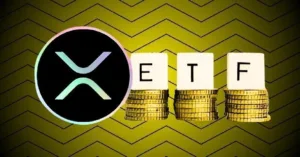Nodes that download a blockchain’s entire history in order to observe and enforce its rules.
A full node is a computer or server that downloads and stores a blockchain’s complete history to observe and enforce its rules. Full nodes also validate block transactions and store data to keep the blockchain running. They are different from a light node, which only uses a reduced set of data.
A blockchain network is made up of a set of nodes that govern the blockchain and enforce its rules. Most blockchains use either a proof-of-stake or proof-of-work consensus mechanism. When a new transaction is submitted to the blockchain, each node must validate the transaction. When all nodes validate a new transaction, a consensus is achieved, and the transaction is added to the blockchain.
A full node stores the record of all transactions that have ever been validated on a blockchain. Different blockchains have different data requirements, depending on their size. For example, a Bitcoin full node takes up several hundred gigabytes of space and can be run on a powerful personal computer. Other blockchain networks have higher data requirements, and their full nodes can be run only by enterprise users with access to enormous amounts of data storage. In contrast, a light node only downloads a limited set of data from the blockchain and can be run from smaller devices, such as smartphones.
Full nodes serve an important purpose by securing the history of a blockchain. With this record, a blockchain can be completely reconstructed, even in the case of a catastrophic failure. For example, a single full node with an intact record of the chain history would be enough to restore the Bitcoin network if all other nodes were destroyed. Therefore, they contribute significantly to a chain’s decentralization. The amount and distribution of full nodes are often taken as a measuring stick for how decentralized a blockchain is.



